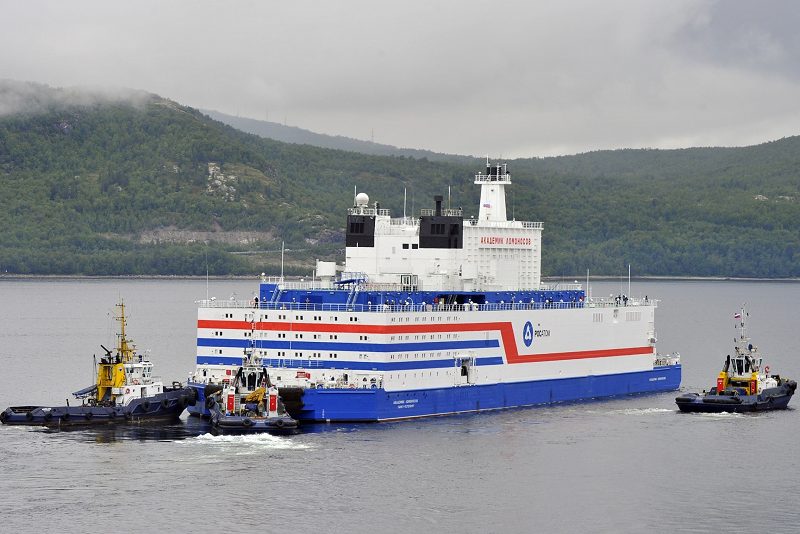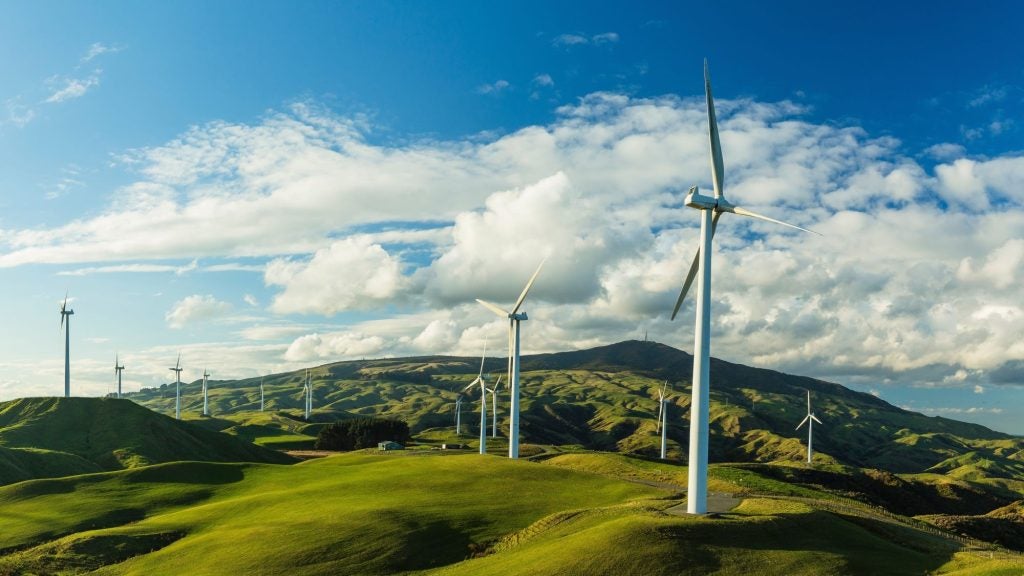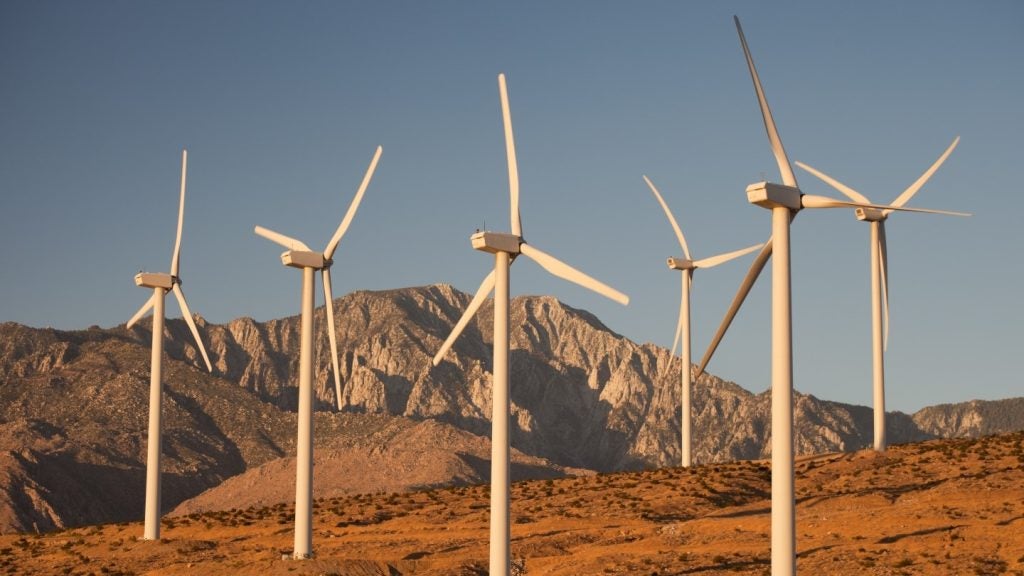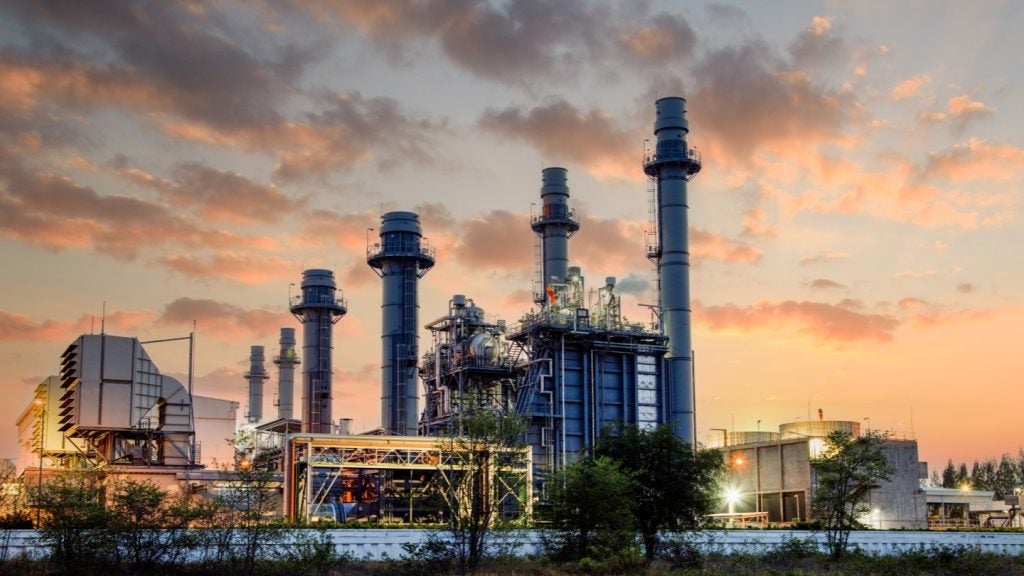
Russian nuclear company Rosatom announced the arrival of the world’s first floating nuclear power plant, Akademik Lomonosov, in September 2019 when the technology was transported to the port of its permanent location in Russia’s Far East. The 144m-long and 30m-wide vessel has now docked at the port in Pevek, off the coast of Chukotka, where it will stay before its commissioning next year.
Akademik Lomonosov will use small modular reactor technology and is equipped with two KLT-40C reactor systems with 35MW capacity each. It has been designed to access hard-to-reach areas where it can operate for three to five years without the need for refuelling. It also has an overall life cycle of 40 years, which may be extended to 50 years.
The power plant serves as a pilot project for a future fleet of floating nuclear power plants and onshore installations based on small modular reactors made in Russia. While this isn’t the first nuclear powered vessel, nuclear powered submarines and other vessels powered by nuclear power (in some cases with a higher capacity than 35MW) have been around since the 1950’s, it is the first facility specifically designed to power an electric grid.
Another intriguing fact is that the energy generated by the reactor will not be transferred through cables in the Arctic Sea, but will only be used to power remote areas which experience obstacles to transfer electricity on land. In these locations, coastal infrastructure, such as wave blocks and power lines, is being implemented.
Considering the far-reaching potential of an invention like Lomonosov, the first plant has provoked debate amongst scientists around the world who have been quick to point out the risks of the technology.
How well do you really know your competitors?
Access the most comprehensive Company Profiles on the market, powered by GlobalData. Save hours of research. Gain competitive edge.

Thank you!
Your download email will arrive shortly
Not ready to buy yet? Download a free sample
We are confident about the unique quality of our Company Profiles. However, we want you to make the most beneficial decision for your business, so we offer a free sample that you can download by submitting the below form
By GlobalDataLomonosov’s potential to set a precedent
According to Rosatom, one of the main advantages of the construction is economic as, after being docked, the 21,000-tonne barge will replace an ageing land-based nuclear plant to supply 50,000 people in the area with electricity.
Not only will it produce energy for the ice-covered Arctic region where inhabitants have difficulty accessing traditional energy sources, but upon success the technology could later be exported to other countries with harsh weather conditions, helping many more.
Another benefit is the flexible nature of the structure, which allows it to be deployed to remote environments and be kept away from populated centres in case incidents occur.
According to Rosatom, the Lomonosov consists of an energy unit equipped with the latest nuclear safety technology and uses the same construction technology as nuclear icebreakers and marine vessels, making it suitable for use in the harsh conditions.
The third advantage of the technology is the positive environmental effect it can bring, freeing the four million inhabitants who live in the territory of the Russian Federation from complete reliance on coal and oil as energy sources.
The switch to cleaner nuclear power produced in close proximity can positively contribute to the Russian clean energy mix and reduce the negative impact of fossil fuels on the environment, which have been shown to damage ecosystems particularly in the Arctic area.
Although commercial production of such reactors has not been achieved yet, Rosatom believes that the system could one day be sold commercially, especially to island countries because it can be used to power desalination plants for territories with freshwater shortage.
But what can go wrong?
Despite the positive effects highlighted by the Russian Government and Rosatom, nuclear experts have highlighted crucial negatives that cast doubt on the floating nuclear utopia.
Jan Haverkamp, Greenpeace Netherlands senior expert nuclear energy and energy policy, sees the three main disadvantages of Akademin Lomonosov to be the big human factors risk, its problematic construction, and the pollution of the Arctic region with nuclear waste.
To start with, Haverkamp points out that the remote area where the nuclear reactor is situated requires a great amount of people braving the weather conditions to get there.
“It’s already a challenge to keep workers motivated and satisfied while working at nuclear power stations on remote locations, but easy to reach by airplane or a train connection,” he says, pointing out that travelling to Russia’s Far East on a daily basis increases the risk factor to a level “comparable to the risk of human factors in the military.”
Along with that, if something goes wrong, it is very difficult to get there and rectify things, “way more difficult than it was in Fukushima to send the air fire brigade cars with an earthquake having destroyed the infrastructure,” says Haverkamp.
He also points out that it poses a safety risk because in order to be light enough so it stays floating, some of the safety features usually present on a land-based reactor have to be taken out.
“There cannot be as much end-of-the-pipe technology to reduce safety risks and there cannot be a concrete dome over it like we have over land base nuclear power stations,” he adds, because that would increase the risk of the barge sinking.
The third point Haverkamp reinforces is that although this nuclear reactor might seem more environmentally friendly than fossil fuels, the Akademik Lomonosov plan includes the reactor staying at sea for 12 years.
“This means fuel has to be changed about four times, in this time the used fuel which is highly, highly toxic will remain onboard before being shipped off and replaced with fresh fuel,” Haverkamp says.
This leads to a major environmental concern Greenpeace takes into consideration – the fact that this project is reintroducing a major pollution risk in an area which functions as a climate regulator for the globe – “the Arctic pristine area, which is a very important natural area for the entire balance on the planet,” Haverkamp concludes.
Although the nuclear vessel is currently awaiting to be put into use, the discussions around the safety of Lomonosov are ongoing. What is certain so far is that that the noise around the floating reactor won’t die down until well after the world’s first floating nuclear power station is put into action.







